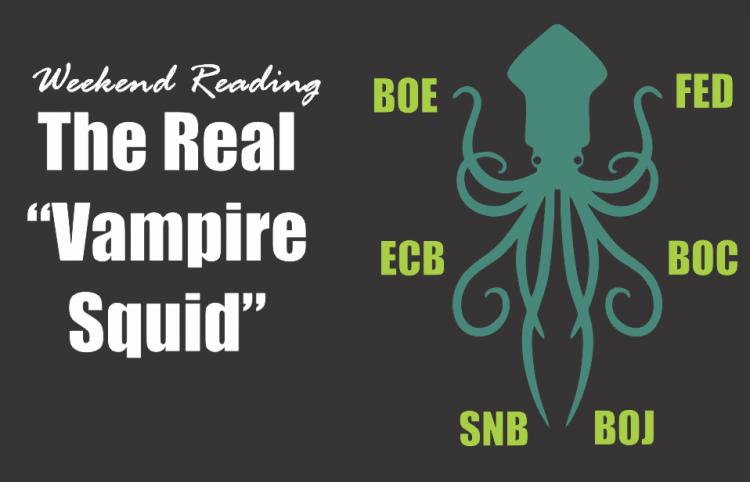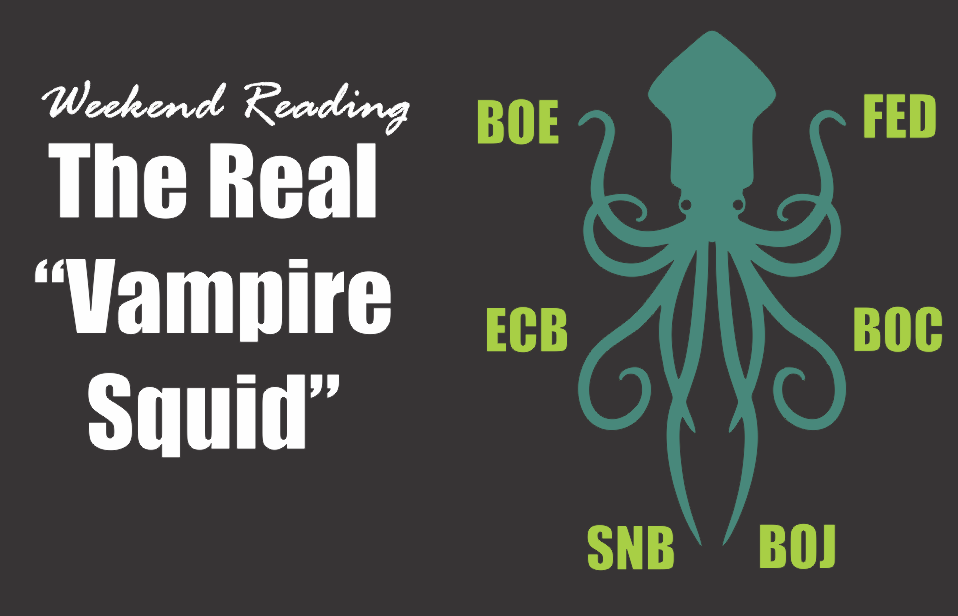

First, it was Hurricane “Harvey” and an expected $180 billion in damages to the Texas coastline. Now, “Irma” is speeding her way to the Florida coastline dragging “Jose” in her wake. Those two hurricanes, depending on where they land will send damages higher by another $100 billion or more in the weeks ahead.
The immediate funding needed for relief to Americans is what you would truly deem to be “emergency measures.”
But that is not what I am talking about today.
Nope, I am talking about Central Banks. On Thursday, Mario Draghi, of the ECB, announced their latest monetary policy stance:
“At today’s meeting, the Governing Council of the ECB decided that the interest rate on the main refinancing operations and the interest rates on the marginal lending facility and the deposit facility will remain unchanged at 0.00%, 0.25% and -0.40% respectively. The Governing Council expects the key ECB interest rates to remain at their present levels for an extended period of time, and well past the horizon of the net asset purchases.
Regarding non-standard monetary policy measures, the Governing Council confirms that thenet asset purchases, at the current monthly pace of €60 billion, are intended to run until the end of December 2017, or beyond, if necessary, and in any case until the Governing Council sees a sustained adjustment in the path of inflation consistent with its inflation aim. The net purchases are made alongside reinvestments of the principal payments from maturing securities purchased under the asset purchase programme. If the outlook becomes less favourable, or if financial conditions become inconsistent with further progress towards a sustained adjustment in the path of inflation, the Governing Council stands ready to increase the programme in terms of size and/or duration.”
Ladies and Gentlemen, these are “emergency measures.” According to the Bank for International Settlements:















